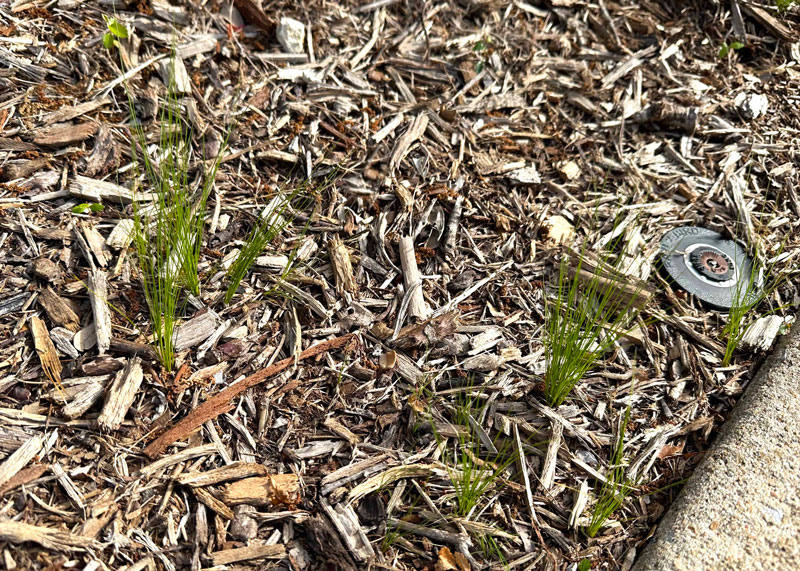You’re Not Supposed To Be Here!
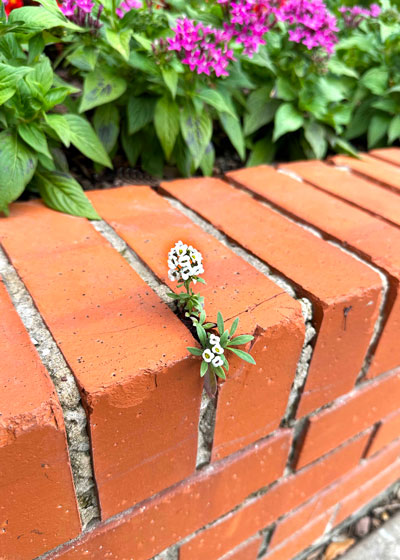
No matter how hard you try you’re going to have trouble growing peonies in Texas. My parents were from Nebraska. They were Cornhuskers before they were Lobos before they were Aggies.
Mom missed her peonies, and I heard about it every spring. As I worked on two degrees at Ohio State I could see why. But they just don’t do well in Texas. You’re better off concentrating on plants that are happier with the soils and climates we can provide for them here.
So, then we swing to the other end of the spectrum – to the plants that are giddy happy in Texas. Too happy. They move in and start taking things over. We talked about two of the worst recently here: Japanese honeysuckle and Chinese privet. Few plants are so invasive. (At least in the eastern half of the state where annual rainfall will sustain them.) Chinese tallow trees fit into that same category in Southeast Texas. They’re all through the wetlands, and gardeners rue the day they were ever imported. And kudzu. Need we say more.
I move then to the “great in-betweens.” These are plants that may or may not be on official lists of invasive plants, but that merit discussing.
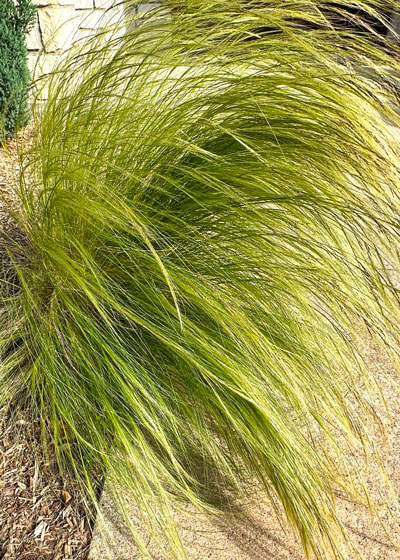
Mexican feathergrass (Nassella tenuissima). This came into the consumer market some 20 or 25 years ago. It was, and still is, very pretty in our landscapes. However, like maidengrass and many of the other ornamental grasses, it reseeds itself freely. It’s easy enough to hoe it out when it’s small, but many people don’t get that job done. Call it what you want, but just know that it’s probably a lot more invasive than nandinas, Chinese photinias, or vitex – three other plants that get mentioned as being invasive. I’ve personally found them quite easy to keep under control.
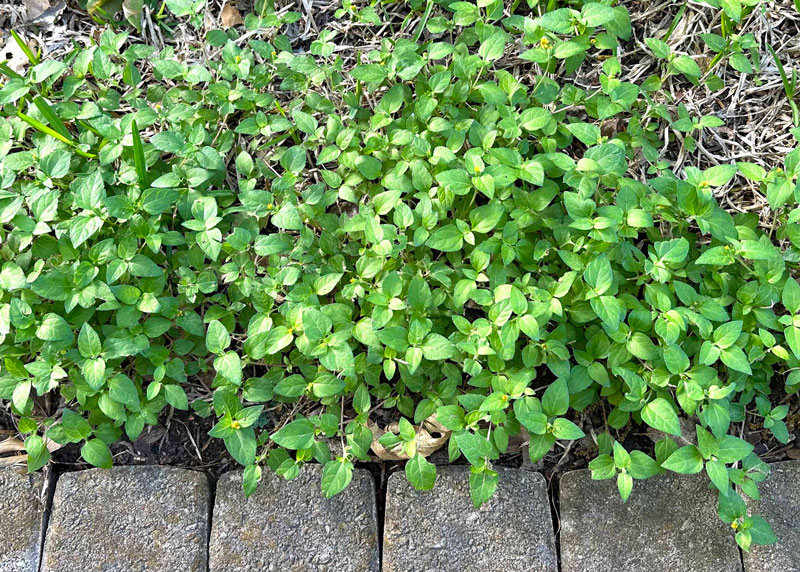
Horseherb (Calyptocarpus vialis). This is a native trailing perennial plant that is used as a turf replacement in shaded areas. For all those reasons, I dare not say much bad about it because it sounds like the perfect solution to many people’s question – “What can I grow where even St. Augustine won’t grow, yet that won’t require copious amounts of water?”
However, I do have problems with this seemingly harmless little native:
(1) It’s deciduous, meaning it dies to the ground with the first hard freeze of the fall. That leaves you with bare ground and mud all winter. Not good if you have dogs.
(2) Its flowers are not showy. They’re tiny yellow blooms. Small butterflies will love them, but human eyes will hardly notice them.
(3) It is terribly invasive. The photo above is from our yard, way up the hill along the county road, 125 yards from the few plants I set out 25 years ago. Fact is, it’s not really our “yard.” It’s up by the mailbox. It has spread to almost every corner of our several-acre landscape. Because it’s native to Texas, it’s not going to show up on an invasive plant list. But it’s certainly on mine. Way up near the top. No mas, por favor.
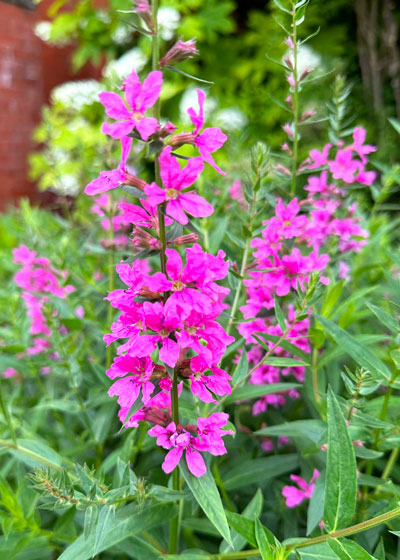
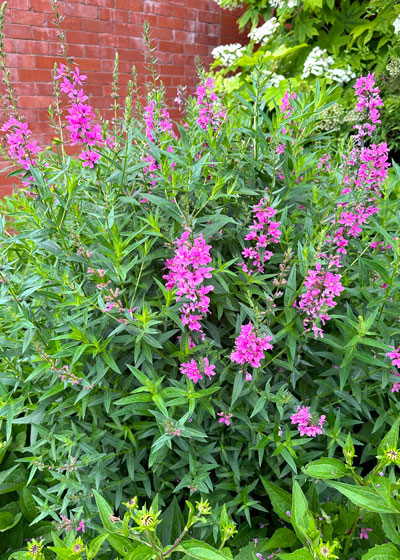
Morden’s Pink loosestrife. It’s a handsome clumping perennial with long-lasting, colorful flowering spikes in bloom right now in North Texas. Click images for larger view.
Purple loosestrife (Lythrum salicaria, and L. virgatum). We have been to New England. We have seen how the wild species (Lythrum salicaria) lines the banks of all their beautiful lakes and waterways. Chokes them up. It was gorgeous while they were blooming, but horribly invasive in the long run. It’s now been banned through New England, the Northeast and Midwest, either to grow it or sell it. I get that and no arguments here.
The variety Morden’s Pink (a selection of L. virgatum) is a triploid, meaning that it has an extra set of genes. That should mean that it’s sterile, but botanists and ecologists seem to disagree on whether it will set viable seed when in the presence of the wild species. As a result, it’s been sucked into the same rules as the wild species and cannot be grown or sold in many states.
That’s a fistfight I’m not going to enter. If you have one and are not near the native wild form of purple loosestrife, and if your garden is not near a waterway, you can make the decision.
So, this issue of invasive species is one we do need to consider. If only someone could have stopped fire ants before they came into the Port of Mobile or the elm bark beetle before it came in on firewood (or however it moved in from Europe to bring us Dutch elm disease), or KR bluestem before it invaded our lawns, how much easier our gardening might have been.
But let’s keep a practical eye out, too.

